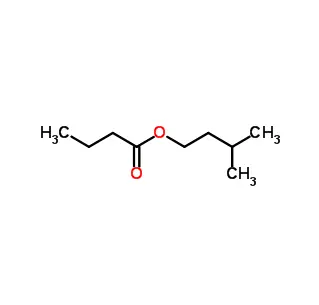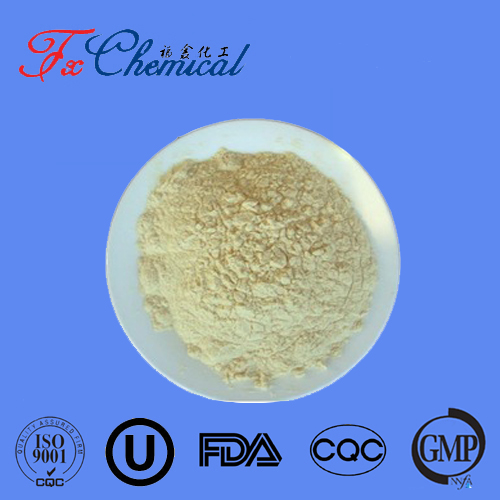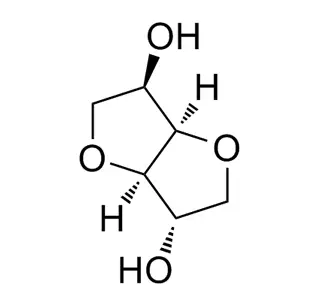
Search

Search

Intermediates are a very important type of fine chemical products, and their essence is a kind of "semi-finished products", which are widely used in the synthesis of medicines, pesticides, paints, dyes and spices. In the field of medicine, intermediates are used to produce raw materials. So what is the segmented industry of pharmaceutical intermediates?
The so-called pharmaceutical intermediates are some chemical raw materials or chemical products used in the process of pharmaceutical synthesis. This kind of chemical product can be produced in ordinary chemical factories and pharmaceutical intermediates manufacturers without the need for a drug production license. When it reaches a certain level, it can be used for the synthesis of drugs.
(1) Nucleoside intermediates
The anti-AIDS drug synthesized by this type of intermediate is mainly zidovudine.
(2) Cardiovascular intermediates
For example, synthetic sartan drugs have the advantages of more thorough antihypertensive effect, less side effects, long drug effect (can stably control blood pressure for 24 hours), and can be used in combination with other sartan drugs, which have become a more widely used drug for the treatment of hypertension.
(3) Fluorine-containing intermediates
The fluorine-containing drugs synthesized by such intermediates have been developed rapidly in recent years because of their excellent curative effect. Representative products such as fluoroquinolone anti-infective drugs, antidepressant fluoxetine, antifungal drug fluconazole and other drugs are in clinical use. Among them, fluoroquinolone anti-infective drugs accounted for about 15% of the global anti-infective drug market. In addition, trifluoroethanol is an important intermediate for the synthesis of anesthetics, while trifluoromethylaniline is an important intermediate for the synthesis of antimalarial drugs, anti-inflammatory analgesic drugs, anti-prostate drugs, and antidepressant drugs. The market prospect is also very broad.
(4) Heterocyclic intermediates
Represented by pyridine and piperazine, they are mainly used in the synthesis of anti-ulcer drugs, bulk stomach drugs, anti-inflammatory and anti-infective drugs, high-efficiency antihypertensive drugs and letrozole, a new anti-breast cancer drug.
The upstream is basic chemical raw materials, most of which are petrochemical products, such as acetylene, ethylene, propylene, butene and butadiene, toluene and xylene, etc. Pharmaceutical intermediates are subdivided into primary intermediates and advanced intermediates. Among them, primary intermediate suppliers can only provide simple intermediate production, and are at the front end of the industrial chain, with the greatest pressure of competition and price. Therefore, price fluctuations of basic chemical raw materials have a greater impact on them. Advanced intermediate suppliers not only have strong bargaining power over primary suppliers, but more importantly, because they undertake the production of advanced intermediates with high technical content, they maintain closer ties with multinational companies. Raw material price fluctuations have little impact on it.
The midstream belongs to the pharmaceutical fine chemical industry. Manufacturers of pharmaceutical intermediates synthesize crude intermediates or APIs, and sell the products in the form of chemical products to pharmaceutical companies, which refine them and then sell them as drugs. Pharmaceutical intermediates include general-purpose and customized products, and according to the different stages of outsourcing services, the customized business model of intermediates can generally be divided into CRO (contract R&D outsourcing) and CMO (contract manufacturing outsourcing).
The downstream is mainly the raw material drug production industry, and the raw material drug and the preparation are in the upstream and downstream industrial chain relationship. Therefore, the consumer demand for downstream pharmaceutical preparations will directly affect the demand for raw materials, which in turn will affect the demand for intermediates. In the future, pharmaceutical intermediate companies can further extend the product chain through the production of raw materials, increase product profits and improve sales stability.
Explore more intermediate pharmaceutical products:
4-Hydroxy-3-nitropyridine bulk
1-Bromo-3-chloro-2-methylpropane bulk
3-Dimethylaminopropylchloride hydrochloride bulk
You may also be interested in:
https://www.fortunachem.com/products/linoleic-acid-cas-60-33-3/

Quick Links
Add:
E-mail:
 English
English  Español
Español  français
français  العربية
العربية 


